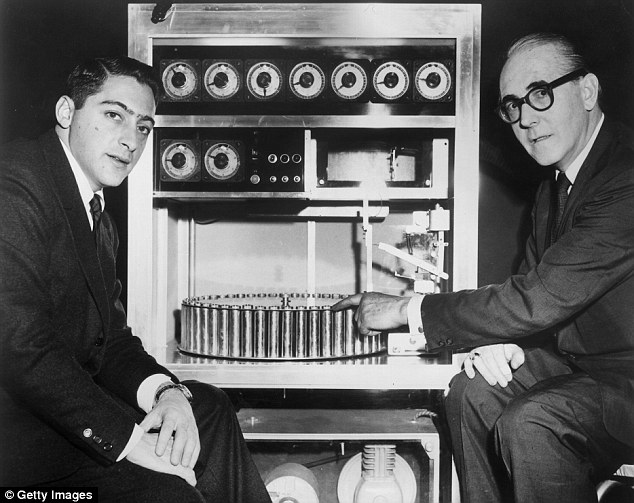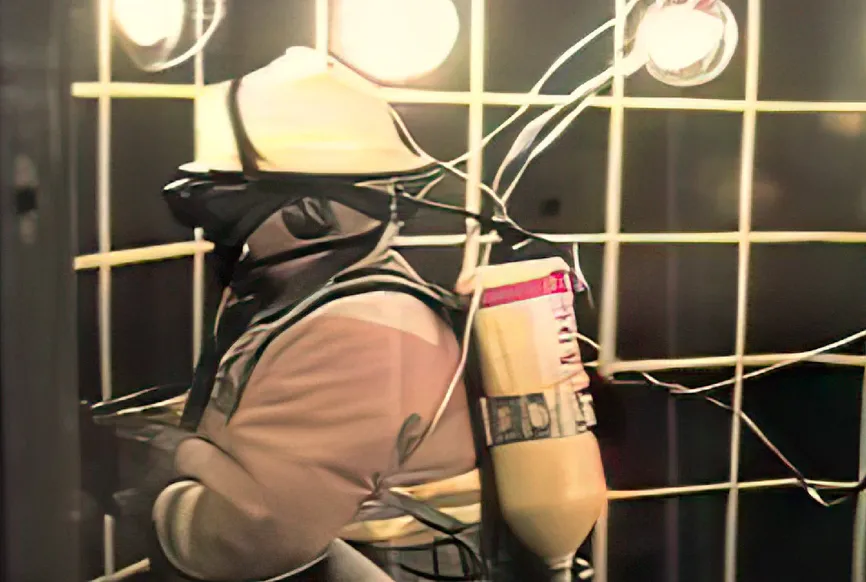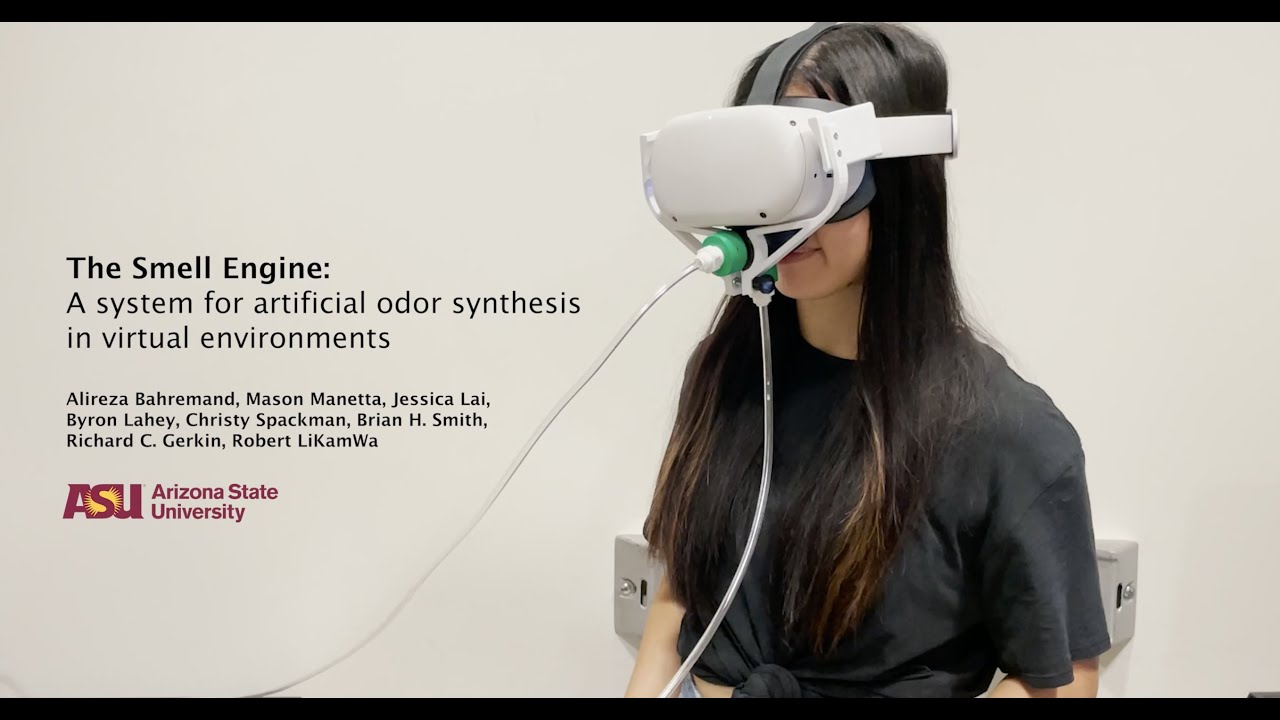Smell-O-Vision: What is it?
Smell-O-Vision was introduced to the world by Hans E. Laube at the 1939 New York World's Fair. It began as a series of pipes attached to an apparatus containing vials of liquid with different smells (perfumes, you could say). Using a control board, film staff could release specific scents to moviegoers. The scents would pass through a series of pipes hidden beneath the theater's seats.
Unfortunately, Smell-O-Vision was not the success Laube had hoped for and advancements were largely delayed until 1960. In the film Scent of Mystery, the audience has to use their sense of smell to determine who the villain of the movie was. AromaRama, one of Smell-O-Vision's competitors was also a part of this movie, although it had a less sophisticated mechanism of releasing scents. Unlike Smell-O-Vision, AromaRama dumped scents into the theater's air-conditioning rather than through the audience's seats. Audiences were amazed by Smell-O-Vision, but the high quarter-million dollar price tag prevented it from becoming popular worldwide - theaters were reluctant to dish out the dough for such an expensive machine. In the 1990s, companies began to manufacture head-mounted displays (HMDs), the precursor to virtual reality, and some wanted to add smell. A U.K. industrial gas company, BOC Group, created a machine that emitted odors through an air stream. The U.S. Air Force had a practical use for scents, and they created a VR firefighter training system that emitted burning scents to train firefighters how to respond in emergency situations.
Smell-O-Vision Today
The entertainment industry continues to boom and theaters constantly attempt to make viewers feel absorbed in movies. Some theaters have installed expensive motion motors, hundreds of fans, and misting machines to create what they call the '4D Experience.' In these theaters, viewers feel vibrations and physical effects (snow, rain, wind, smoke, fog, and lights) that are synchronized with the movie. Companies have even invested into making virtual reality experiences, and the recently announced Apple Vision Pro is another sign of what's to come. While VR games and movies already exist, some companies have also attempted to add smell to their experiences. In contrast to other machines and sensors, smell requires a physical substance to be emitted, and these physical substances often run out quickly.In April 2022, Arizona State University researchers revealed 'The Smell Engine,' a device that delivers scents through a nose covering small enough to fit below a VR headset. Along with software that integrates with games and entertainment, the device can synchronize it release of scents with specific events and scenes in the VR headset. 
